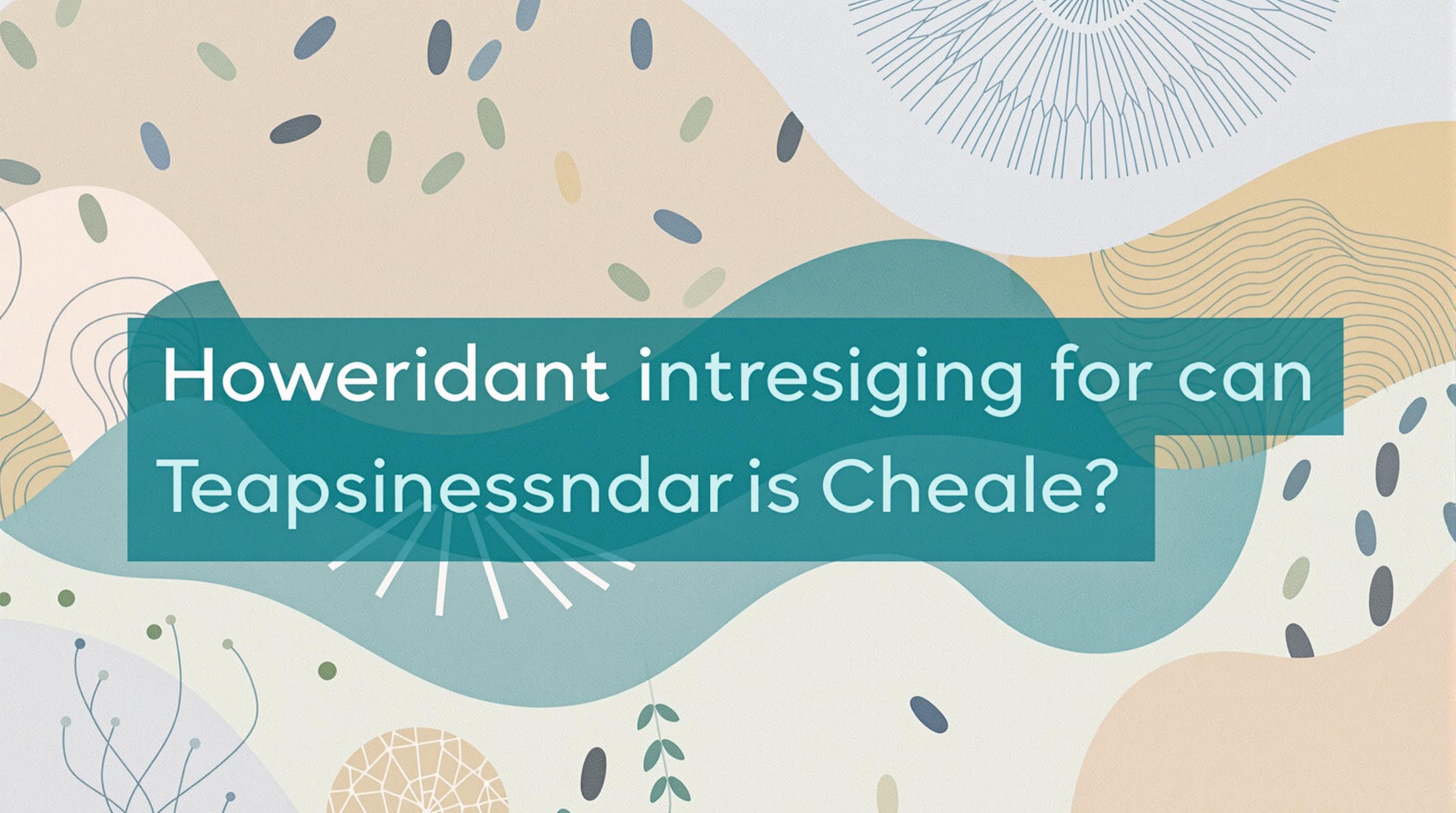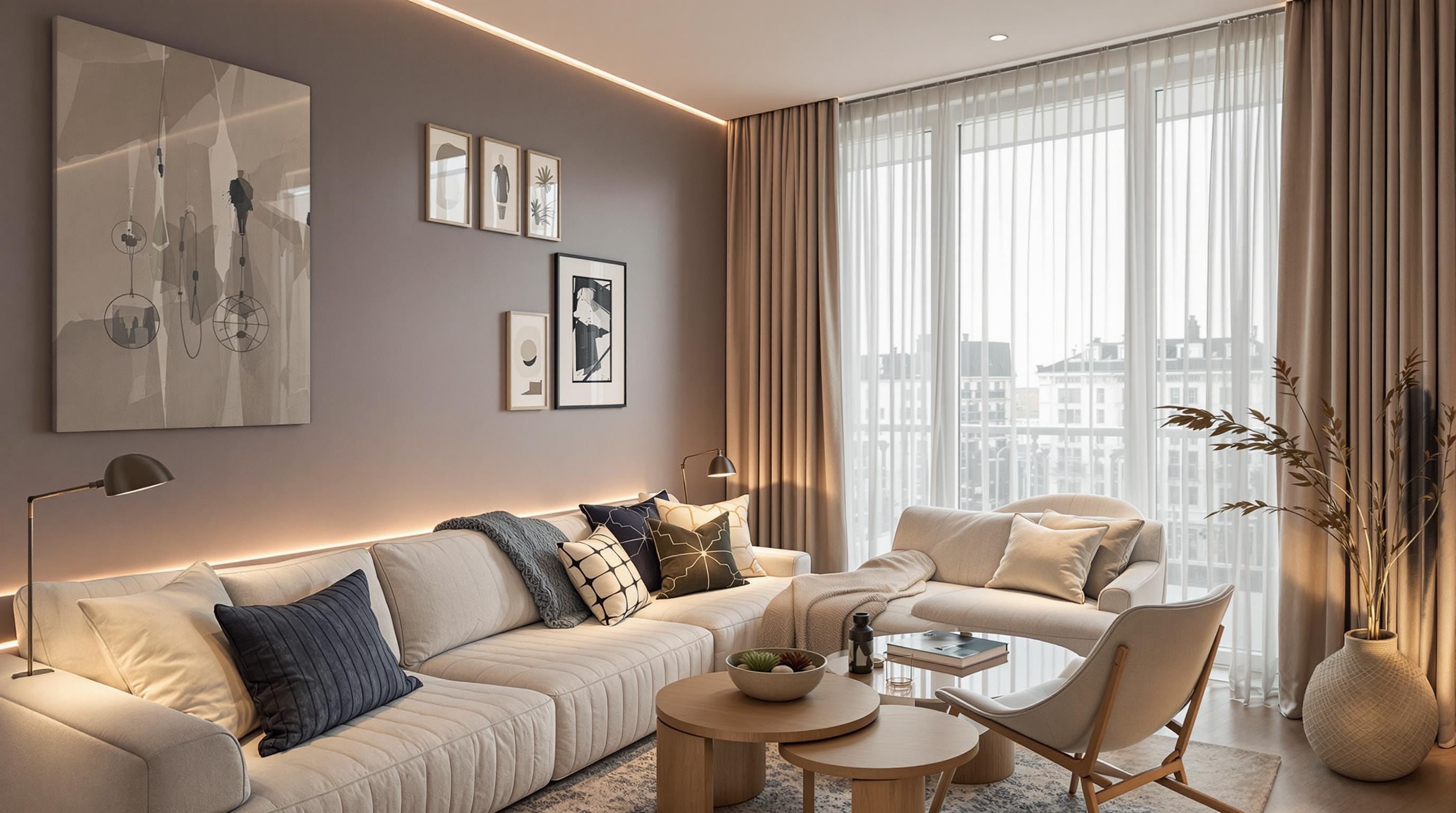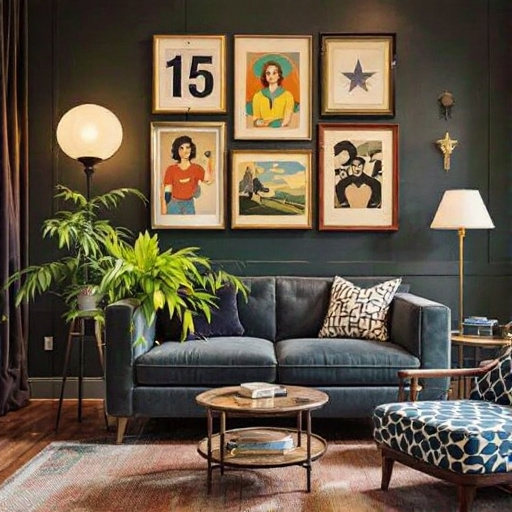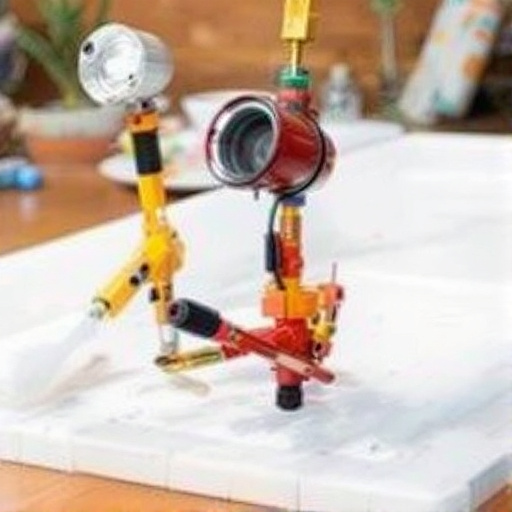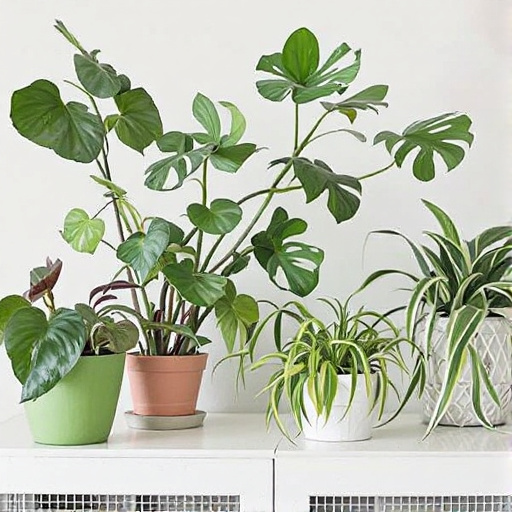Featured Articles
- 12 Ingenious Lighting Techniques That Illuminate Your Home’s Hidden Potential and Boost Ambiance
- Harnessing Biophilic Design: How Integrating Natural Patterns Boosts Wellbeing and Comfort Indoors
- Revamping Spaces: Unconventional Uses for Everyday Household Items in Home Improvement Projects
- Reviving Retro: How Vintage Home Decor Can Transform Modern Spaces into Timeless Treasures
- Transforming Trash: Innovative Upcycling Ideas for Unused Household Items in Home Improvement
Harnessing Biophilic Design: How Integrating Natural Patterns Boosts Wellbeing and Comfort Indoors
Harnessing Biophilic Design: How Integrating Natural Patterns Boosts Wellbeing and Comfort Indoors
Biophilic design weaves nature’s patterns into our indoor spaces, profoundly enhancing our wellbeing and comfort. This article journeys through various perspectives, research, and real-world examples to reveal how bringing the outdoors inside transforms our lives.
Unveiling the Roots of Biophilic Design
At 52 years old and grounded in decades of environmental psychology research, I’ve witnessed firsthand how integrating natural elements into living and working spaces reshapes human experience. The concept of biophilia, coined by Harvard biologist E.O. Wilson, proposes that humans possess an innate tendency to seek connections with nature. This understanding gave birth to biophilic design, which strategically incorporates natural patterns, materials, and forms to nurture our psychological and physiological health.
The Science Behind Nature’s Touch
Imagine your stress melting away just by staring at a wooden grain or a leafy motif on your wallpaper. A 2015 study published in the Journal of Environmental Psychology found that exposure to natural patterns indoors can reduce stress levels by up to 20%. This is largely due to the fractal nature of these patterns—self-repeating designs in trees, leaves, and landscapes that our brains find intrinsically calming.
Case Study: The Amazon’s Office Transformation
Amazon, the retail giant, redesigned parts of its Seattle headquarters with biophilic principles, adding green walls, natural light, and water elements. Employees reported a 15% increase in job satisfaction and a noticeable drop in sick days. This corporate move demonstrates that biophilic design is not just aesthetic—it’s a strategic business advantage that fosters healthier and happier workers.
Patterns of the Wild: Nature’s Blueprint Indoors
Wood grains, leaf veins, waves, and honeycombs are more than just pretty visuals—they speak the language of nature. Incorporating these patterns into furniture, textiles, and wall treatments appeals to our subconscious, evoking comfort and familiarity. For example, Japanese architects often use shoji screens with delicate rice paper textures that imitate ripples of water, subtly inducing tranquility.
Conversational Insight: Why Humans Crave Nature
“I never realized how much I missed the outdoors until my apartment was redesigned with natural accents,” shared 28-year-old Maya, a graphic designer from New York City. “The wood textures and leafy patterns make me feel more grounded, even on stressful days.” Her experience echoes a broader human narrative: in our fast-paced urban jungles, biophilic design invites a moment of peace.
A Humorous Take: Even Your Coffee Mug Wants to Be Biophilic
Did you know that even everyday objects like coffee mugs can benefit from biophilic design? Next time you sip your brew, imagine a mug embossed with a swirling vine pattern. It’s not just decorative—it’s your mug whispering, “Hey, friend, let’s chill like natural fractals do.” While your caffeine buzz fights Monday blues, your mug fights your stress.
Statistics Paint a Clear Picture
According to a report from the Human Spaces organization, employees working in environments enriched with natural elements exhibited a 15% higher level of wellbeing. Moreover, hospitals that integrated biophilic features noted patients' recovery times shortened by up to 10%, illustrating how indoor natural patterns accelerate healing (Human Spaces, 2018).
The Historical Thread: From Ancient Roots to Modern Trends
Biophilic design isn’t just a contemporary fad; it’s a rediscovery of ancient wisdom. Indigenous cultures have long revered and mimicked natural forms in their dwellings. For instance, the adobe homes of the American Southwest are designed to harmonize with desert hues and textures, creating spaces that respond organically to climate and psychology alike.
Practical Tips: How to Start Your Biophilic Revival
If you feel overwhelmed about where to begin, start simply. Use wallpapers with floral or wave motifs, opt for furniture made from natural woods, and embrace indoor plants that mimic wild patterns like ferns or succulents. Even small tweaks, like using a rug with leaf designs or adding a water feature, can infuse your space with nature’s magic.
Storytelling Moment: A Day in a Biophilic Bedroom
At dusk, Ana steps into her redesigned bedroom, where sunlight filters through leaf-patterned curtains. The wooden bedframe’s grain stretches like the trunk of an ancient tree, inviting calm. As she breathes in the subtle scent of cedar, her mind slows, body relaxes, and sleep arrives effortlessly. This space, a cocoon of nature-inspired patterns, becomes a sanctuary away from the urban storm.
Future Horizons: Digital Biophilic Design
Technology now enables integrating biophilic elements virtually. From smart walls projecting natural landscapes to AI-curated wallpapers that shift with the weather, the future of indoor nature patterns is dynamic and immersive. While nothing replaces the real outdoors, these innovations bring restorative natural experiences into digital realms, broadening the scope of wellbeing indoors.
An Accessible Way Forward for All Ages
Whether you’re a teenager in a city dorm or a retiree in a country cottage, biophilic design offers the promise of comfort and mental balance. After all, exposure to natural patterns isn't about who you are; it taps into a shared human heritage. Incorporate it gradually with your preferences, and soon, your space will whisper stories of the wild right inside your walls.
